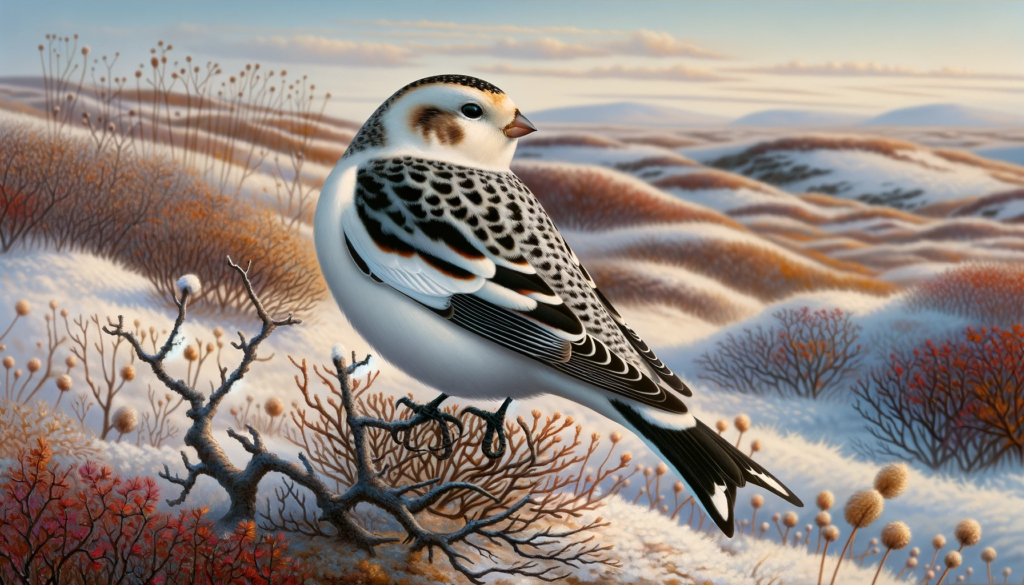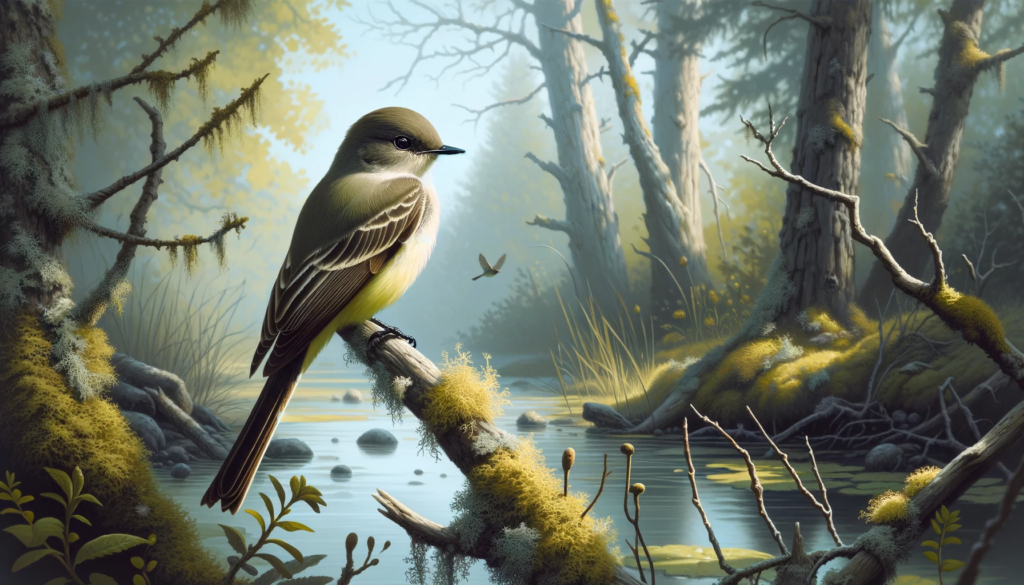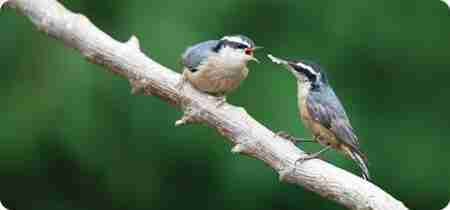Discovering the avian world often leads to intriguing observations, particularly when it comes to identifying birds that, at first glance, might be mistaken for the common sparrow. These sparrow look-alikes, each with their unique charm and characteristics, add to the diversity and beauty of birdwatching.
Sparrow’s Doppelgangers: A Closer Look
Sparrows, with their petite size and often brown, gray, or cream plumage, are a common sight in many parts of the world. However, several species share similar features but belong to different families or genera. Understanding these subtle differences not only enriches our birdwatching experience but also highlights the vast diversity within the avian world.
Finches: The Colorful Cousins
Finches are often confused with sparrows due to their similar size and structure. However, finches typically have more vibrant plumage and slightly thicker beaks, which are adapted for their seed-heavy diet.
The American Goldfinch: A Flash of Color
The American Goldfinch, with its bright yellow body and black wings, is a common mistaken identity for sparrows during the breeding season.
The House Finch: A Common Misidentification
House Finches, with their red heads and brown bodies, are often seen in urban areas and can easily be mistaken for sparrows at a distance.
Buntings: The Sparrow’s Artistic Kin
Buntings, like the Indigo Bunting or the Snow Bunting, share the sparrow’s general body shape but are known for their striking colors, especially in males during the breeding season.
Indigo Bunting: The Blue Marvel
The Indigo Bunting, with its vibrant blue plumage, is a summer favorite and can be easily differentiated from sparrows by its color.

Snow Bunting: Winter’s White Wanderer
Snow Buntings, predominantly white with brown or black markings, are winter visitors in many areas and can be distinguished from sparrows by their paler coloration.
Wrens: The Dynamic Singers
Wrens, though smaller and more active, can sometimes be mistaken for sparrows. They have a distinctive upright tail and are known for their loud, complex songs.
The Carolina Wren: A Melodious Mimic
The Carolina Wren, with its warm brown body and loud, teakettle song, is often found in similar habitats as sparrows but is easily distinguishable by its behavior and vocalizations.



The House Wren: A Common Confusion
The House Wren, smaller than a typical sparrow and with a barred pattern on its wings and tail, can be identified by its unique song and hyperactive behavior.
Warblers: The Energetic Dancers
Warblers, though generally smaller and more colorful than sparrows, can be confused with them due to their similar size. These birds are more active, often seen flitting among leaves and branches.
The Yellow Warbler: A Vibrant Visitor
The Yellow Warbler, with its entirely yellow body and sweet song, is a spring and summer visitor in many regions and is easily distinguished from sparrows by its color and activity.
The Common Yellowthroat: A Masked Marvel
The Common Yellowthroat, identifiable by its black mask and yellow throat, is a frequent resident of marshes and wetlands, setting it apart from the more urban-dwelling sparrows.
Other Sparrow Look-Alikes
Several other bird species resemble sparrows in size and shape but have distinct characteristics that set them apart.

The Eastern Phoebe: A Flycatcher Friend
The Eastern Phoebe, a type of flycatcher, can be confused with sparrows but is distinguishable by its behavior of frequently wagging its tail.
The Dickcissel: The Prairie Singer
Dickcissels, with their thick bills and streaked plumage, resemble sparrows but have a unique black throat patch and a different habitat preference, favoring grasslands over urban areas.
FAQs
- How can I tell a sparrow from a finch? Look for differences in beak shape and plumage color. Finches tend to have thicker beaks and more vibrant colors compared to sparrows.
- Are buntings related to sparrows? Buntings and sparrows are different families of birds, although they share some physical similarities.
- Do wrens and sparrows share the same habitats? While there’s some overlap, wrens are often found in more wooded areas and have different behaviors, like their distinctive tail position and song.
- Can warblers and sparrows be found in the same regions? Yes, many warblers and sparrows coexist in the same regions, especially during migration seasons.
- What is the easiest way to distinguish a sparrow from similar-looking birds? Observing behavior, listening to song patterns, and noting distinct physical features like coloration and beak shape can help in identification.
- Do sparrows and their look-alikes have similar diets? While there’s some overlap, different species have varying diets depending on their beak shape and habitat, with some favoring seeds and others insects.
Conclusion
The world of birds that resemble sparrows is as diverse as it is fascinating. From the vibrant finches to the melodious wrens, each species brings its unique flair to the birdwatching experience. Recognizing these differences not only enhances our understanding of avian biodiversity but also enriches our appreciation for the natural world around us.




Pingback: Effective Ways to Keep Sparrows Away from Your Bird Feeder
Pingback: Discover Florida's Diverse Sparrows: A Birdwatchers Guide
Pingback: Sparrow Identification and Habitat: A Comprehensive Guide to Observing and Appreciating these Delightful Birds
Pingback: Understanding the Differences Between Sparrows